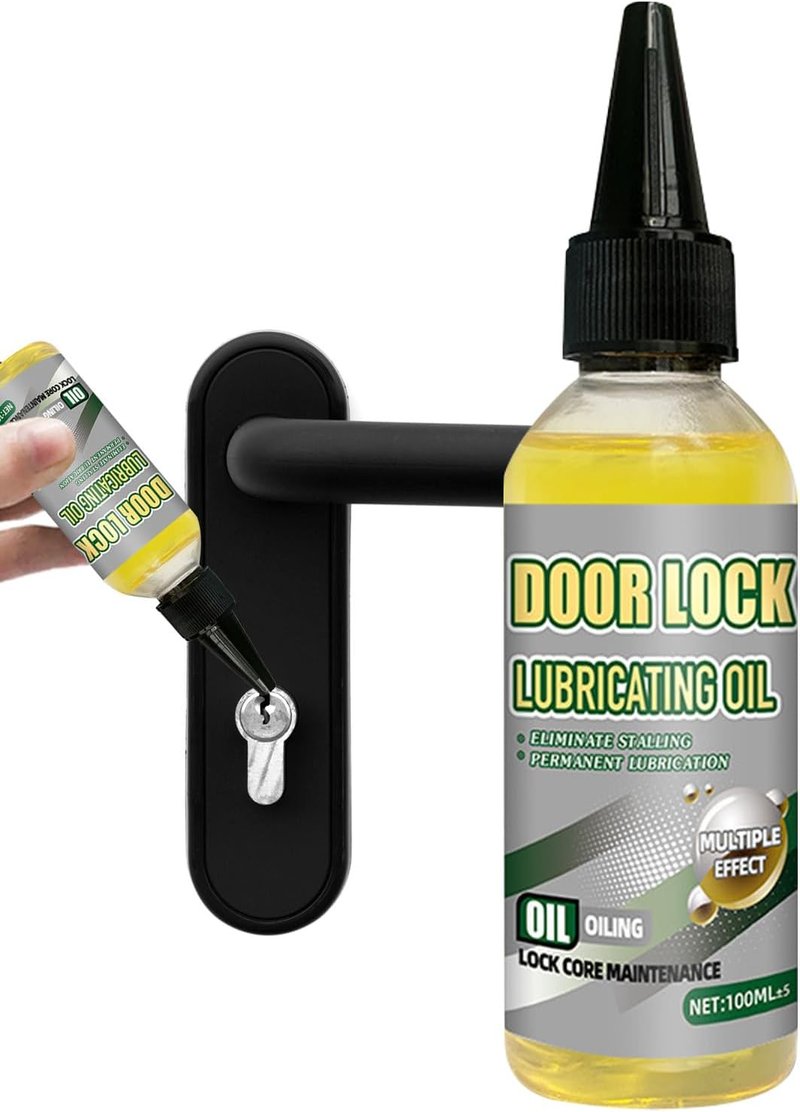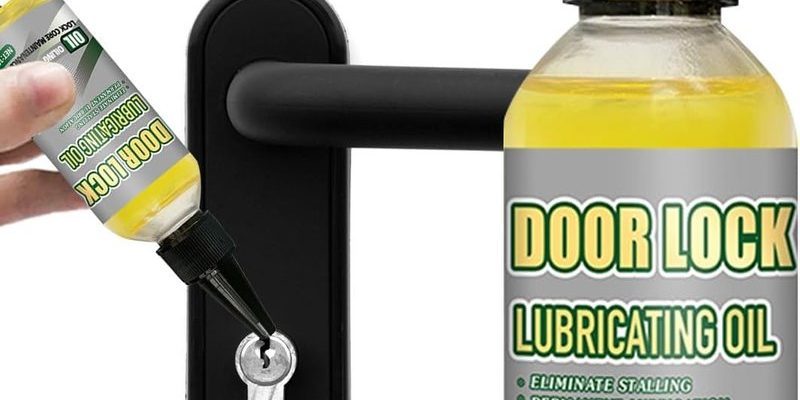
Now, let’s dive into what you should be looking for when choosing lubricants for the internal mechanisms of keyed door knobs. There are several options out there, each with its own pros and cons. You’ll want to consider factors like the type of knob you’re dealing with and your specific needs. By the end of this guide, you’ll be equipped to make an informed choice.
Why Lubrication Matters for Door Knobs
Lubrication plays a crucial role in the functioning of keyed door knobs. Think of it this way: when you don’t oil the joints of a bicycle, it starts to creak and may even seize up. In the same way, neglecting to lubricate your door knob can lead to frustrating problems like difficulty in turning the knob or inserting the key.
A well-lubricated door knob operates smoothly, providing a seamless experience as you enter and exit. Plus, regular lubrication can extend the lifespan of the knob. If you want to keep your knobs working as intended, choosing the right lubricant is essential.
Common Problems Caused by Lack of Lubrication
Here are a few common issues you might face if your door knobs aren’t properly lubricated:
- Sticking: This can happen due to dirt or dust accumulation, along with a lack of lubrication.
- Squeaking: An annoying sound that usually indicates dry internal mechanisms.
- Difficulty Turning: If the knob feels stiff, it may be time to lubricate!
- Key Stuck: A poorly lubricated cylinder can cause your key to jam.
If you recognize these signs, it might be time to grab your lubricant and get to work.
Types of Lubricants for Door Knobs
Not all lubricants are created equal, and the type you choose matters. Let’s break down the most common options:
1. Graphite Powder: This dry lubricant is excellent for internal mechanisms because it won’t attract dirt and grime. Just a tiny sprinkle can keep your lock functioning without that sticky buildup you get with other lubricants.
2. Silicone Spray: This is another popular option. It’s easy to apply and leaves a protective layer that repels moisture. If you live in a damp area, silicone spray could be your best friend.
3. Oil-Based Lubricants: While traditional oils like 3-in-1 Oil can work wonders, they can attract dust and dirt over time. If you opt for this type, be prepared to clean and reapply more frequently.
4. WD-40: While commonly known for its versatility, it’s best used sparingly on door knobs. It can provide a quick fix, but using it regularly may make the dirt problem worse.
Choosing the Right Lubricant
When selecting a lubricant, consider the material of your door knob. Metal knobs often handle oil-based and graphite lubricants well, while plastic or composite knobs might fare better with a silicone spray.
Also, think about your environment. If you live in an area with high humidity, a moisture-repelling lubricant like silicone is ideal. In a dryer climate, graphite powder may be sufficient.
How to Lubricate Your Keyed Door Knob
Lubricating your keyed door knob isn’t a complicated task. Here’s a simple step-by-step guide to do it right:
1. Gather Your Supplies: You’ll need your chosen lubricant, a clean cloth, and possibly a small brush or straw for precise application.
2. Clean the Knob: Wipe off any dust or debris from the knob using the cloth. This helps prevent the buildup of dirt along with your lubricant.
3. Apply the Lubricant: If using oil or silicone spray, apply a small amount directly into the keyhole and onto any moving parts. For graphite, a sprinkle will do. Keep it minimal—less is more.
4. Turn the Knob: After application, turn the knob several times to distribute the lubricant evenly. Insert and turn the key to ensure it moves smoothly.
5. Wipe Off Excess: Use your cloth to wipe away any excess lubricant that may have come out during the turning process.
6. Repeat As Needed: Depending on usage, a light reapplication every few months should keep things running smoothly.
Alternative Solutions: When to Call a Professional
There are times when basic lubrication isn’t enough. If after lubricating, the knob is still sticking or malfunctioning, it may be a sign of more significant issues like wear and tear, a broken mechanism, or even misalignment.
If you suspect something more serious, it’s best to consult a locksmith. They can diagnose the problem and provide solutions that go beyond a simple fix. Regular maintenance, including lubrication, can help prevent these issues from arising in the first place, but sometimes wear and tear just happens.
Preventative Measures for Longevity
To keep your keyed door knobs in great condition, consider these preventative tips:
- Regular Cleaning: Make it a habit to clean your door knobs regularly. A clean surface makes lubrication more effective.
- Avoid Moisture: If you live in a humid area, ensure that your lubricant repels moisture.
- Schedule Check-Ups: Every few months, check the functionality of your door knobs and reapply lubrication as needed.
- Watch for Signs of Wear: If your knob begins to feel rough or sticky, don’t delay in taking action.
Choosing the best lubricants for the internal mechanisms of keyed door knobs is simple when you know what to look for. Keep in mind the importance of lubrication, the types available, and how to apply them properly. By being proactive, you can prevent common problems and ensure a smooth experience every time you use your door knob.
Remember, a bit of maintenance goes a long way. Whether it’s using graphite powder or a silicone spray, keeping your door knobs well-lubricated will help ensure they’re as dependable as ever. With the right tools and knowledge, you’re now ready to tackle any door knob issue that comes your way!
